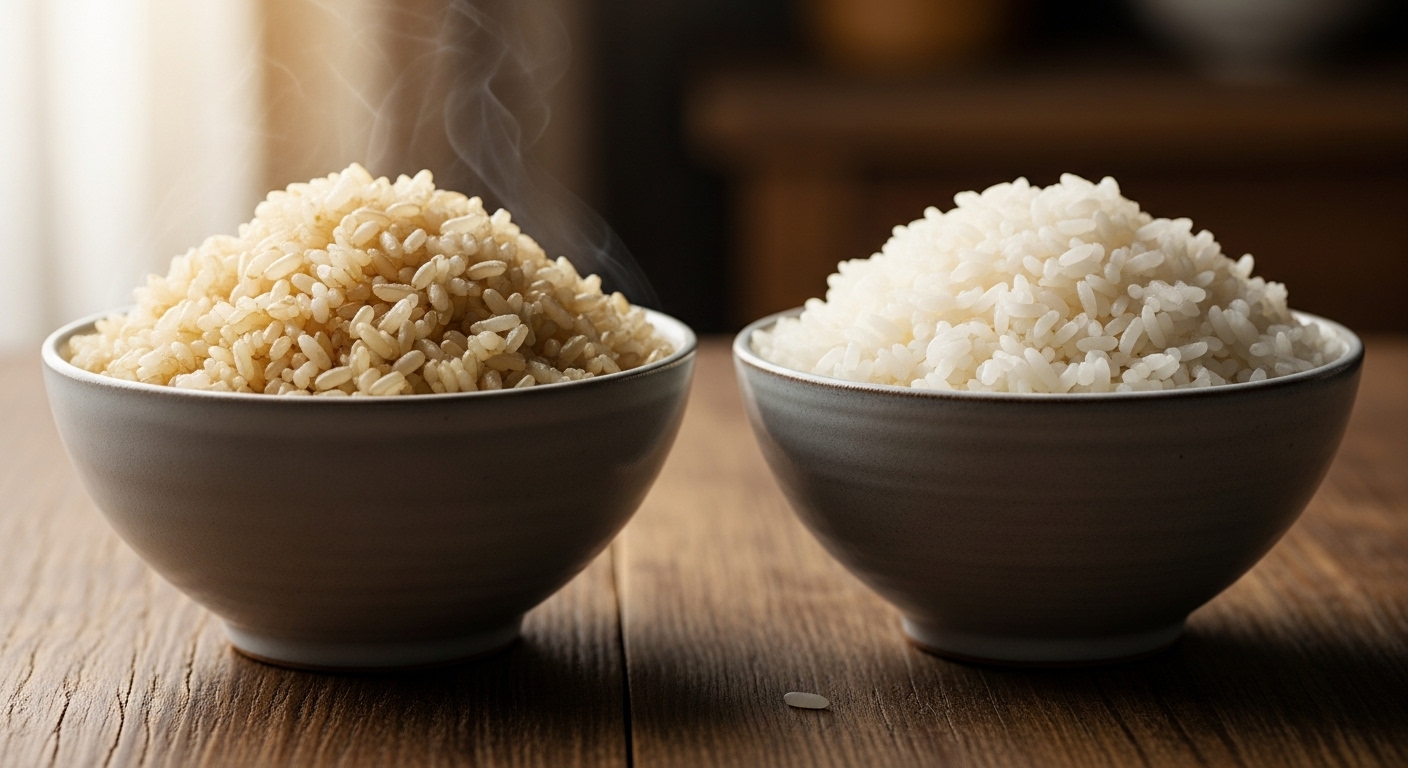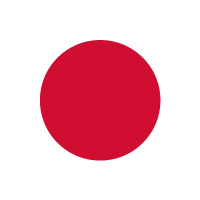

Japanese rice is fluffy and delicious, but more and more health-conscious people are choosing brown rice over white rice. Travelers interested in wellness and nutrition are starting to recognize why brown rice is becoming a popular choice in Japan.
This article explains the key differences between brown and white rice, their health benefits, cultural background, how to cook brown rice, where to buy it in Japan, and safety tips for children and pregnant women — all in a simple, beginner-friendly guide.
Brown Rice vs. White Rice: Understanding the Main Differences
Brown rice is a whole grain that retains its bran and germ, while white rice has been polished to remove these nutrient-rich layers. Brown rice contains more dietary fiber, vitamins, and minerals, and has a lower glycemic index (GI). However, some people find it harder to digest or dislike its earthy aroma. In this section, we compare both types of rice to help travelers choose the best option for health and taste.
Nutrition and Health Benefits of Brown Rice Compared to White Rice
Brown rice contains more fiber, magnesium, and B vitamins than white rice, and its low GI value helps control blood sugar levels — a key factor for healthy weight management and digestion.
| Fiber | Minerals | GI Value | |
|---|---|---|---|
| Brown Rice | Approx. 3.0–3.5g / 100g | Rich in magnesium, iron, and zinc | Approx. 55 |
| White Rice | Approx. 0.5g / 100g | Most nutrients lost during milling | Approx. 80 |
| Key Points | Brown rice has 6× more fiber, great for digestion | Supports metabolism and reduces fatigue | Lower GI makes it ideal for weight control diets |
The higher fiber content in brown rice slows sugar absorption, helping prevent blood sugar spikes and fat storage — an essential benefit for dieters. It also promotes satiety by encouraging slower eating, reducing overeating. Rich in B vitamins and minerals, brown rice helps improve metabolism and supports steady energy throughout the day.
Where to Buy Brown Rice in Japan: Easy Options for Travelers
You can find brown rice in most Japanese supermarkets, natural food stores, and convenience stores. Organic and health-focused products are also widely available, and online shops offer a broader variety. For first-timers, try small portions or ready-to-eat brown rice packs — they’re affordable, convenient, and ideal for travelers exploring Japan.
You might be interested in this
Does the Brown Rice Diet Really Work? Expert Advice and Safe Portion Tips
Brown rice is a popular choice for weight management due to its fiber content, satiety, and low GI value. However, portion control is key. Nutrition experts recommend about one small bowl per meal, paired with vegetables and protein for balance. Start with small amounts, monitor your digestion, and stay hydrated. This slow and mindful approach supports long-term healthy eating habits during your stay in Japan.
Why Choose Brown Rice Over White Rice When Dieting
Brown rice is preferred by dieters because it’s more filling, richer in nutrients, and digested slowly, helping stabilize blood sugar levels. Its low GI supports steady energy and reduces cravings between meals. Experts highlight that it’s also high in vitamins and minerals, making it a balanced food option. In Japan, brown rice is easy to buy at supermarkets and convenience stores, making it perfect for health-conscious travelers.
Is Brown Rice Good for Digestion? Comparing Fiber Benefits and Results
Brown rice supports healthy digestion thanks to its high fiber content, which promotes regular bowel movements. Insoluble fiber absorbs water and expands, helping eliminate waste naturally. Still, some people may experience bloating at first, so it’s best to start with small portions and drink plenty of water. Experts recommend combining brown rice with a balanced diet to maintain a healthy gut during travel in Japan.




